Application of Tungsten Wire in Glass Thermal Processing
- Details
- Category: Tungsten Information
- Published on Tuesday, 01 July 2025 17:34
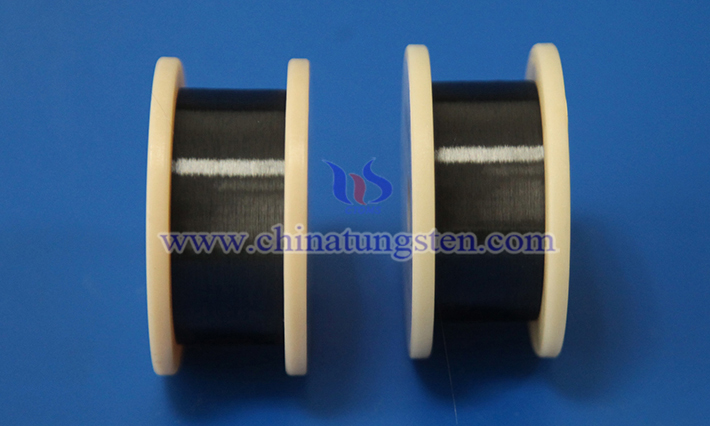
The application of tungsten wire in glass thermal processing is mainly due to its high melting point, high temperature resistance and good thermal stability. Tungsten wire is mainly used as a heating element in glass thermal processing, used in melting, drawing, sealing and laboratory processing.
Environmental Performance of Tungsten Wire in Electric Heated Glass
- Details
- Category: Tungsten Information
- Published on Tuesday, 01 July 2025 17:32
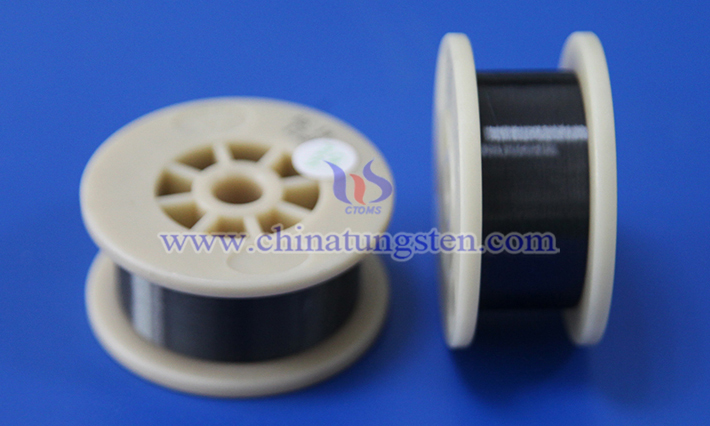
Tungsten wire is widely used in the manufacture of electric heated glass due to its high melting point, low evaporation rate and excellent thermal properties. It is used as a heating element to achieve defog, defrost or insulation functions. Electric heated glass usually generates heat after power is turned on by embedding tungsten wire in laminated glass or coating conductive film on the surface of glass to achieve functions such as light transmission and insulation.
Performance of Tungsten Wire in Glass Heat Treatment
- Details
- Category: Tungsten Information
- Published on Tuesday, 01 July 2025 17:30

The performance of tungsten wire in glass heat treatment is mainly related to its unique physical and chemical properties. The following is an analysis of its performance:
Application of Tungsten Wire in Glass Bending Process
- Details
- Category: Tungsten Information
- Published on Tuesday, 01 July 2025 17:28
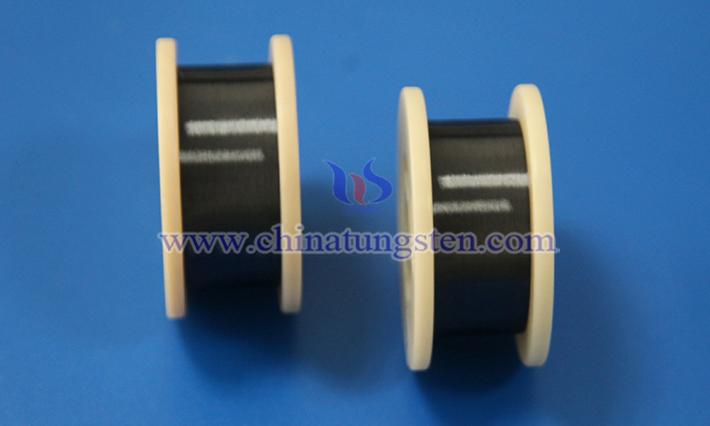
Tungsten wire is mainly used as an efficient and stable heating element in glass bending process, and is widely used due to its unique high temperature performance and durability.
Application of Tungsten Wire in Glass Heat Treatment
- Details
- Category: Tungsten Information
- Published on Tuesday, 01 July 2025 17:26
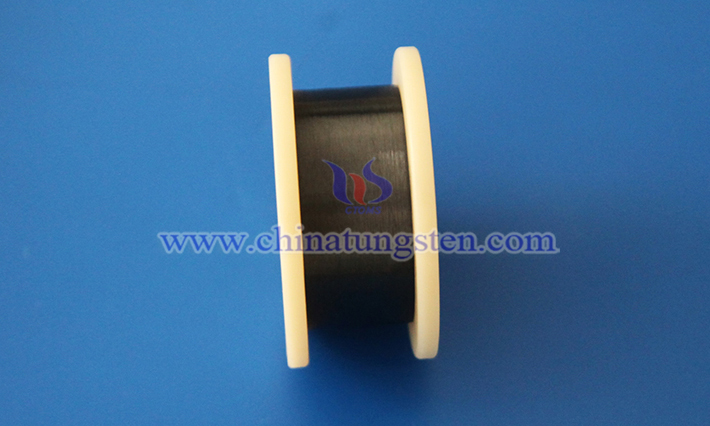
The application of tungsten wire in glass heat treatment is mainly reflected in its use as an efficient heating element. Because of its high melting point (about 3422°C), good conductivity and thermal stability, it is particularly suitable for heating needs in high temperature environments. The following are the specific applications and functions of tungsten wire in glass heat treatment:
Key Technical Challenges of Tungsten Crucible in the Monocrystalline Silicon Growth
- Details
- Category: Tungsten Information
- Published on Monday, 30 June 2025 11:38
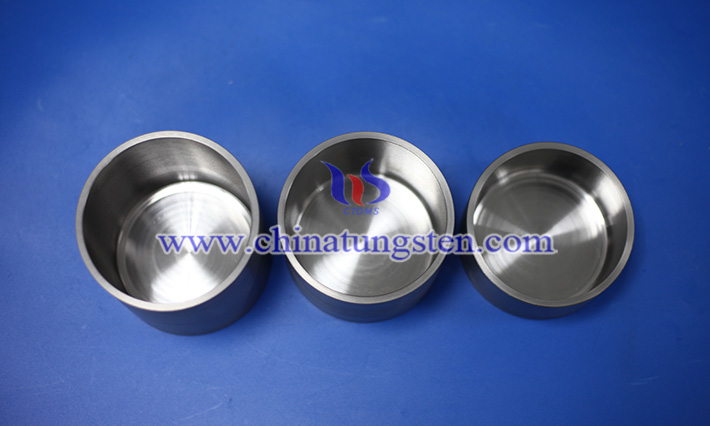
As a basic material in the semiconductor industry and photovoltaic field, the quality of monocrystalline silicon directly determines the performance and efficiency of downstream products.
How to Prevent Tungsten Crucible from Cracking?
- Details
- Category: Tungsten Information
- Published on Monday, 30 June 2025 11:36
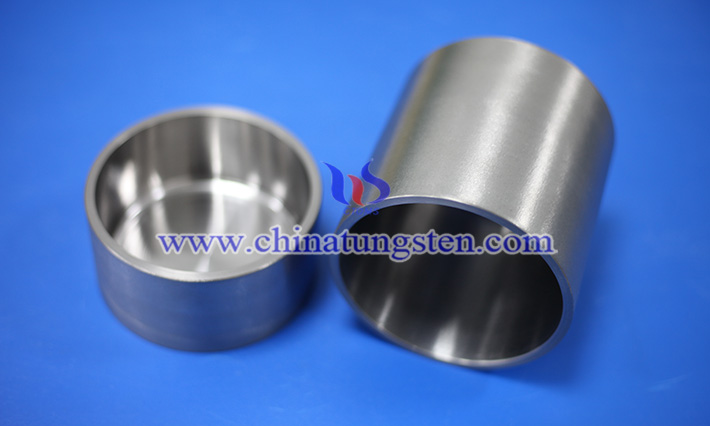
In the actual use process, tungsten crucibles often face the risk of crack formation, which not only affects its service life, but also directly affects the stability of the process and product quality.
Optimal Design of Tungsten Crucible in Crystal Growth Furnace
- Details
- Category: Tungsten Information
- Published on Monday, 30 June 2025 11:33
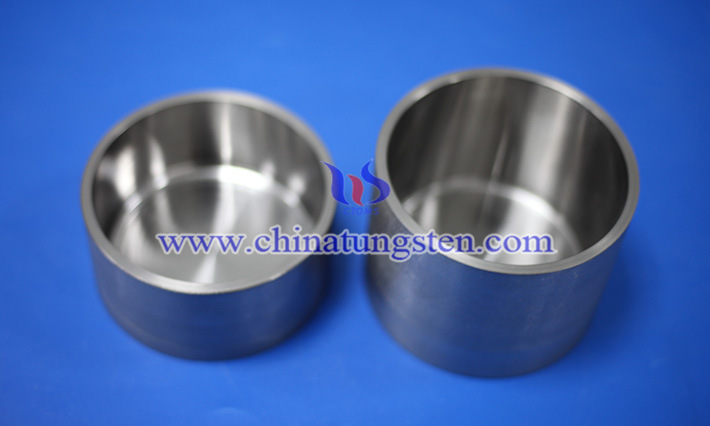
Tungsten crucible plays an important role in the process of crystal growth, such as bearing molten raw materials, high-temperature heat transfer and environmental isolation, and its reasonable design directly affects the quality, yield and stability of the whole process. Therefore, it is of great significance to carry out the optimal design of the crucible according to the special working conditions of the crystal growth furnace.
Stability of Tungsten Crucible in a High-Temperature Vacuum Environment
- Details
- Category: Tungsten Information
- Published on Monday, 30 June 2025 11:30
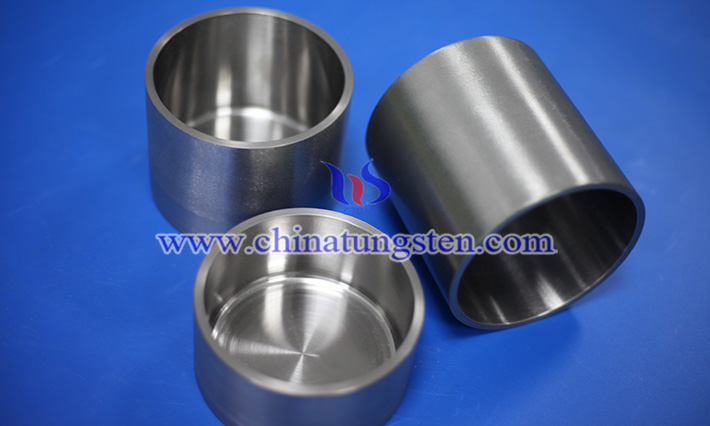
Tungsten crucible is widely used in high-temperature vacuum processes such as crystal growth, rare metal smelting and vacuum evaporation due to its high temperature resistance, thermal shock resistance and strong chemical inertness.
Effect of Material Purity of Tungsten Crucible on Properties
- Details
- Category: Tungsten Information
- Published on Monday, 30 June 2025 11:27
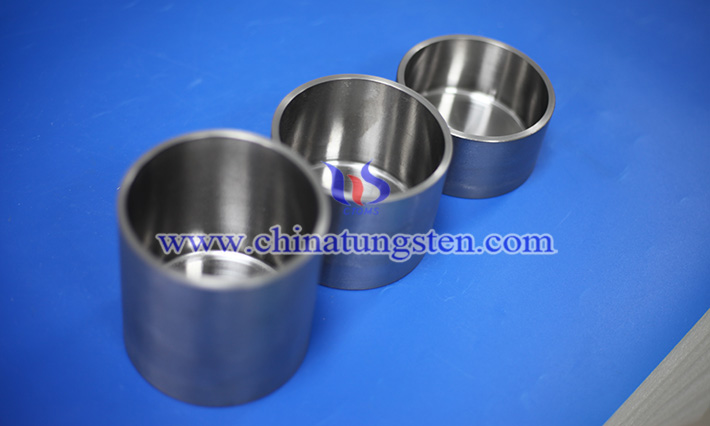
As an indispensable key material in the high-temperature industry, the performance of tungsten crucible directly affects the production efficiency and product quality in many fields such as crystal growth, metal melting and vacuum evaporation. Among the many performance indicators, the purity level of tungsten material not only determines the physical properties of the crucible, but also has a profound impact on its chemical stability, mechanical strength and service life.


 sales@chinatungsten.com
sales@chinatungsten.com